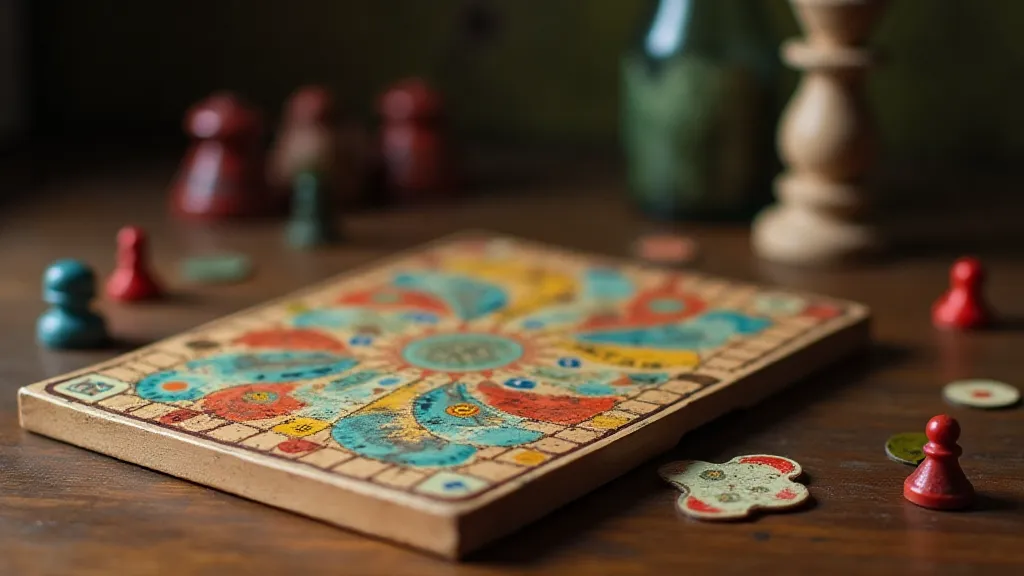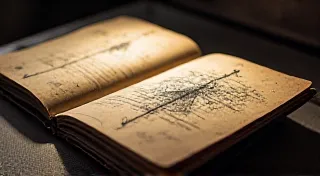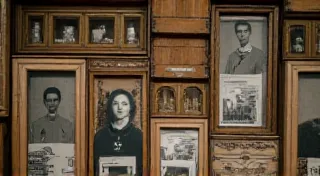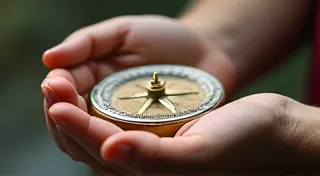The Parchment's Whispers: Decoding the Lost Languages of Board Game Instructions
There’s a peculiar magic in handling a truly vintage board game. It’s not just the faded colours or the scent of aged cardboard – it’s the feeling of holding a small, self-contained world, a portal to a past where leisure and imagination were often manifested in delightfully peculiar ways. But alongside that allure lies a quiet challenge: the instructions. They aren't always friendly. They often feel like a riddle wrapped in an enigma, a series of cryptic phrases delivered in a linguistic register that seems utterly alien to modern sensibilities.
My earliest memory of this phenomenon involves a game called “The Royal Game of Goose,” inherited from my grandfather. He, a man of quiet precision and a lover of antique accordions – each key painstakingly restored to its original tone – would attempt to explain the rules. His frustration was palpable, a bewildered sigh frequently escaping his lips as he re-read sentences like, “Should he land on the 12th House, he must lose a turn, and return to the 4th House.” It wasn’t malice in the instructions; it was a different era, a different way of communicating, a presumed level of shared cultural understanding that simply doesn’t exist today.
A Chronicle in Cryptic Phrases
The language of vintage board game instructions isn’t just “old English”; it’s a fascinating microcosm of societal shifts. Consider the assumption that players are inherently familiar with concepts like “moral rectitude” (penalties for landing on certain spaces in many morality-based games) or possess a vocabulary that comfortably includes words like "peradventure." This wasn't meant to be obfuscation; it was simply the common vernacular, the shorthand of educated society. Instructions were often terse, expecting a certain level of intuitive understanding.
The crafting of these instructions themselves offers a glimpse into the past. Often handwritten or meticulously typeset, the attention to detail was remarkable. The paper stock was chosen carefully, often a thick, textured parchment that hinted at the game's perceived value. Compared to the often-sterile, digitally produced manuals of today, these vintage instruction sheets possess a tangible quality, a feeling of craftsmanship that’s increasingly rare.
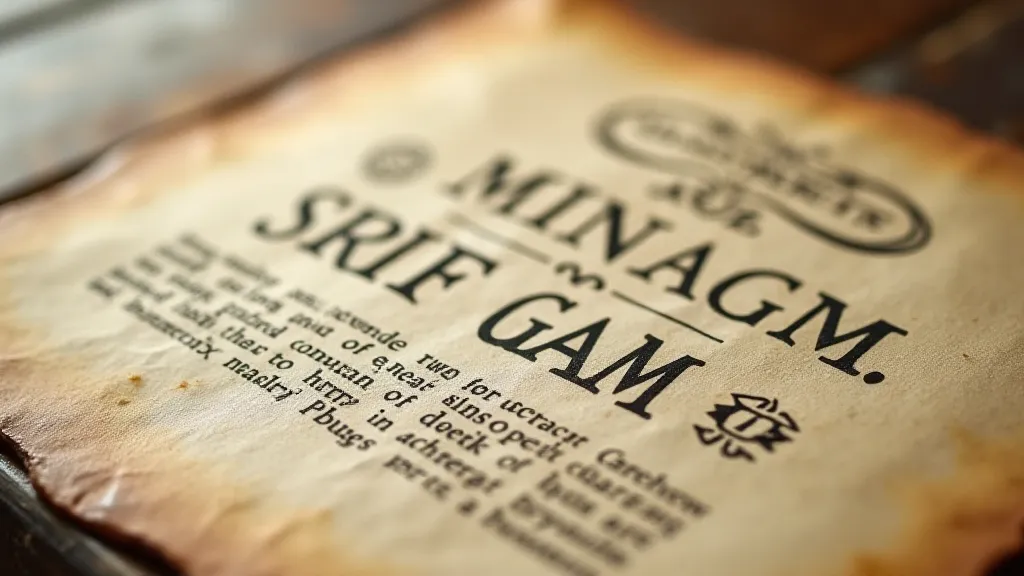
The Evolution of Clarity: A Slow Awakening
The shift towards greater clarity in game instructions began subtly, accelerating in the mid-20th century. The rise of mass-market games, targeting a broader demographic, demanded easier comprehension. The introduction of graphic design principles and the burgeoning field of technical writing gradually influenced the way rules were presented. The lengthy, convoluted explanations started to be replaced with shorter, more direct sentences, accompanied by diagrams and illustrations.
Consider the rise of wargaming in the 1960s and 70s. While early wargames often resembled complex spreadsheets more than engaging pastimes, the sheer volume of rules necessitated a greater focus on clarity. Companies like Avalon Hill pioneered more structured rulebooks, breaking down complex systems into digestible sections, often with clear hierarchies of importance.
This wasn't just about accessibility; it was about preserving the integrity of the game itself. Ambiguous or poorly explained rules inevitably lead to disagreements and house rules, diluting the original designer’s intent. A well-written rulebook, regardless of the era, serves as a vital component of the game experience, ensuring that everyone understands and participates equally.
Deciphering the Code: A Collector’s Skill
For those of us who collect and restore vintage board games, understanding these archaic instructions is more than just a matter of gameplay; it's an integral part of the restoration process. It's about appreciating the original intent, preserving the historical context, and bringing a piece of the past back to life.
Deciphering the “lost language” requires patience, a healthy dose of historical context, and sometimes, a little detective work. Online forums and communities dedicated to vintage games are invaluable resources, providing translations and interpretations of particularly challenging passages. Even a basic understanding of Victorian or Edwardian era social customs can shed light on the underlying assumptions embedded within the instructions.
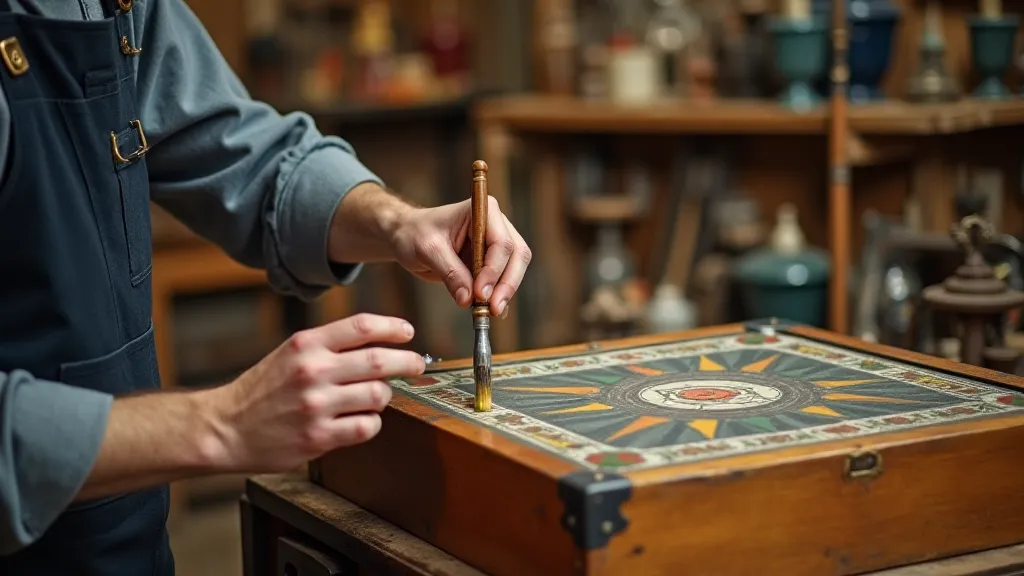
Beyond the Words: The Craft of Play
The experience of playing a vintage board game, even with its linguistic challenges, offers a unique connection to the past. It’s a chance to step outside the streamlined, digitally mediated world of modern entertainment and engage with a simpler, more tactile form of leisure. The imperfections – the faded colours, the slightly warped board, the cryptic instructions – all contribute to the game's charm and character.
The act of puzzling out the rules, of collaborating with other players to understand the designer's vision, fosters a sense of camaraderie and shared discovery. It’s a reminder that play is not just about winning or losing; it’s about the journey, the shared experience, and the joy of engaging with a piece of history.
There’s a beauty in the imperfections, a resonance that echoes through the years. Just as my grandfather painstakingly restored his accordions, bringing their original melodies back to life, so too can we breathe new life into these forgotten board games, appreciating not just the gameplay, but also the whispers of the parchment – the echoes of a past where imagination and craftsmanship reigned supreme.
